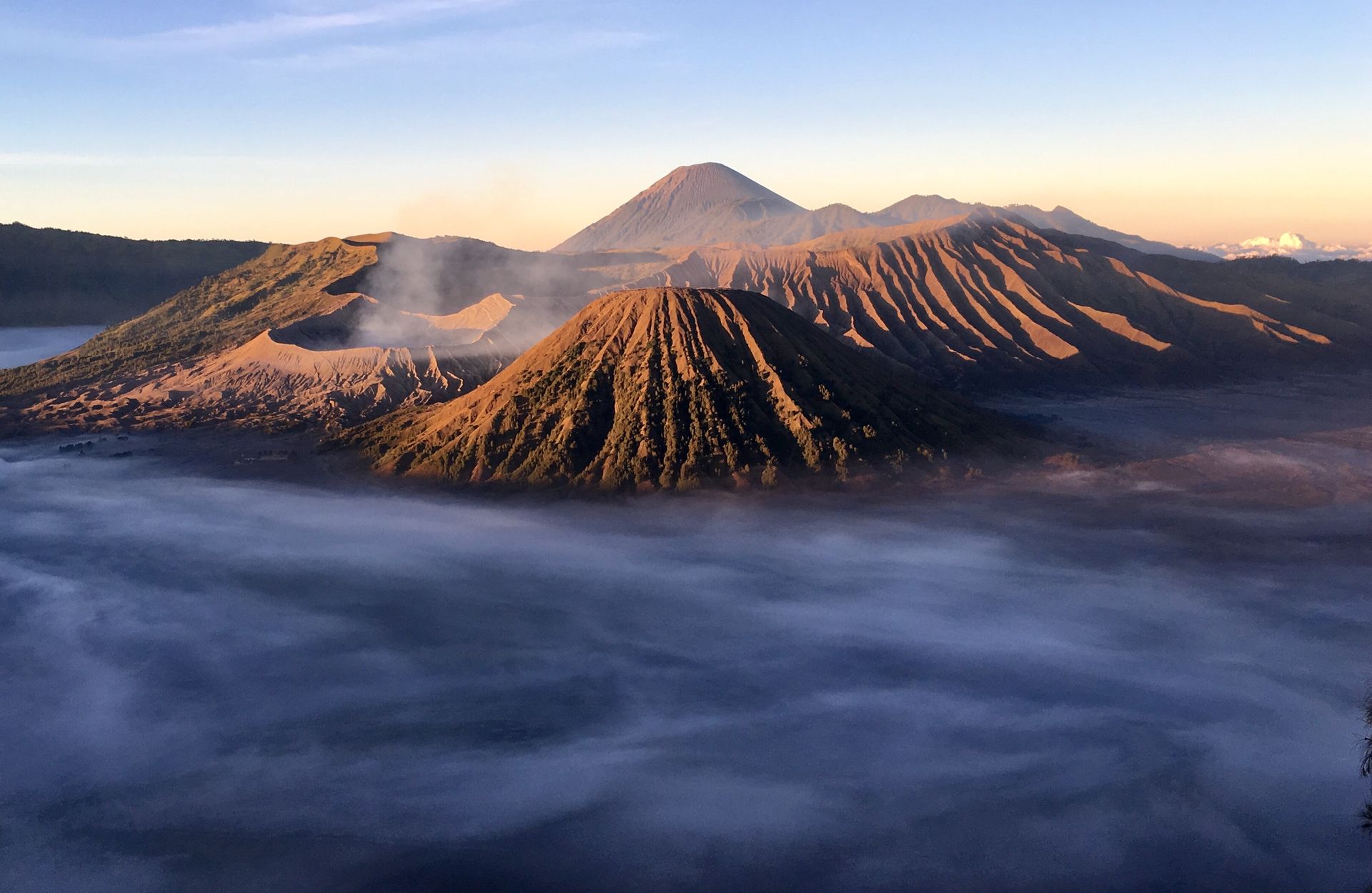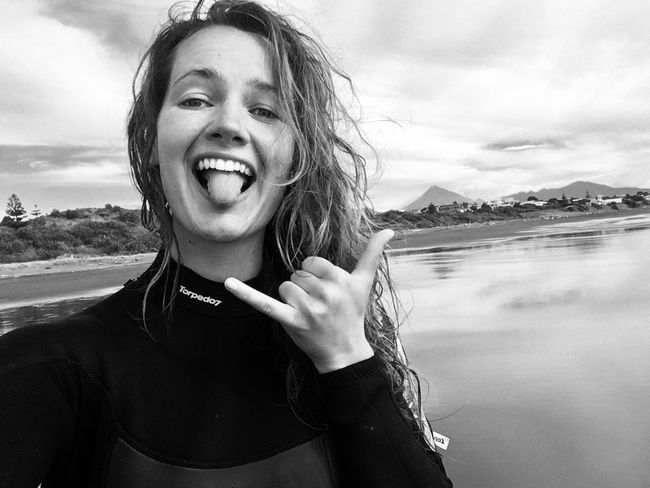AUSTRALIA- Kangaroo Island
પ્રકાશિત: 07.06.2020
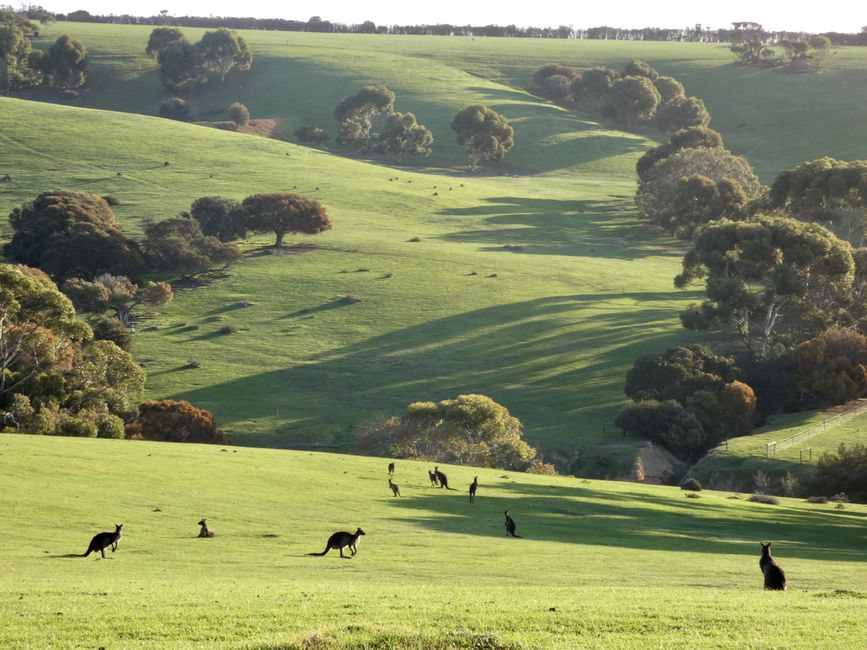
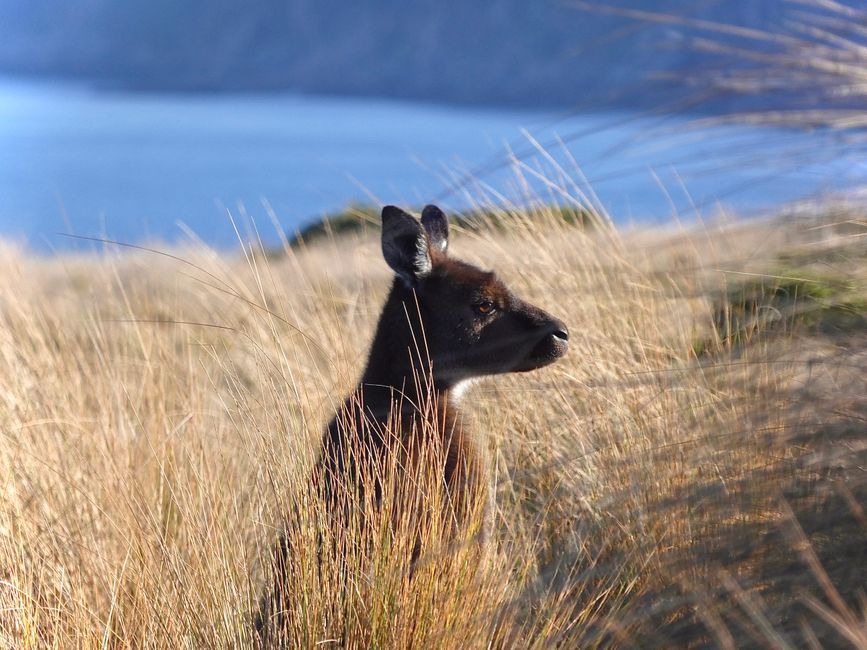
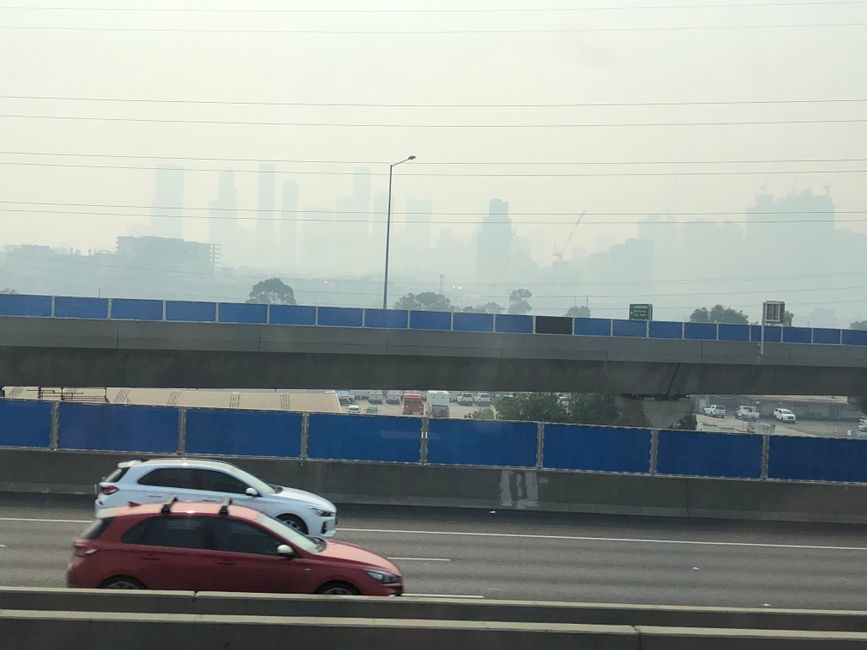
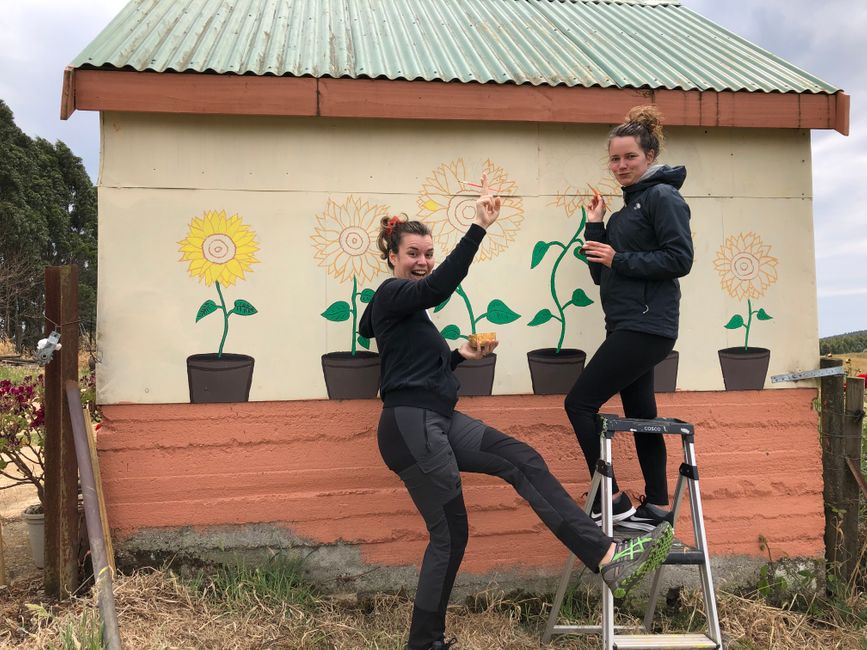
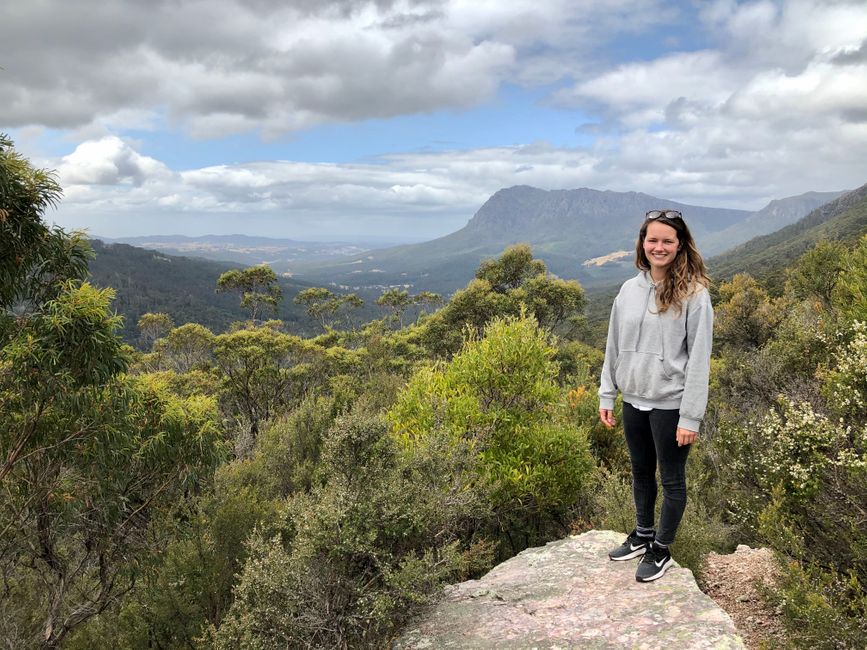
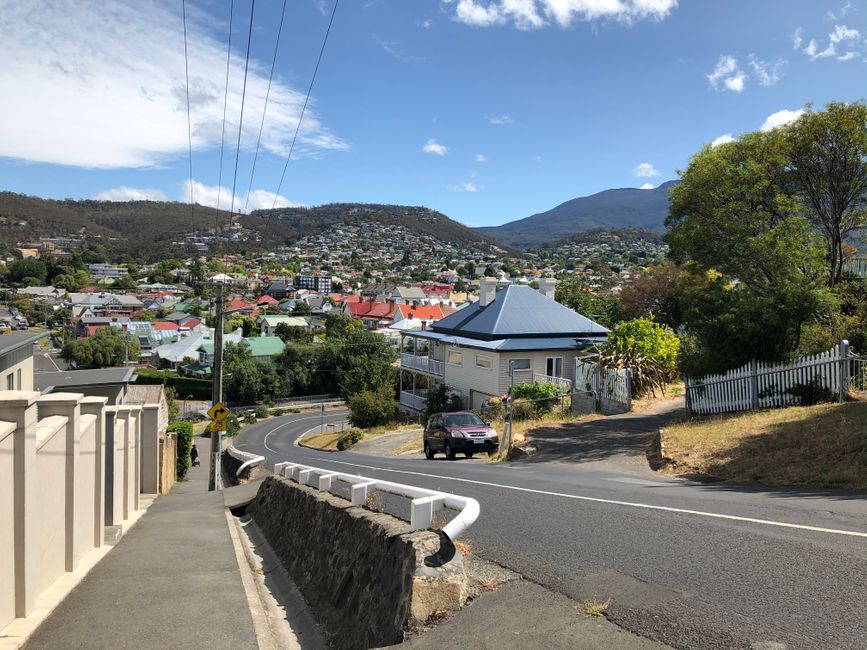
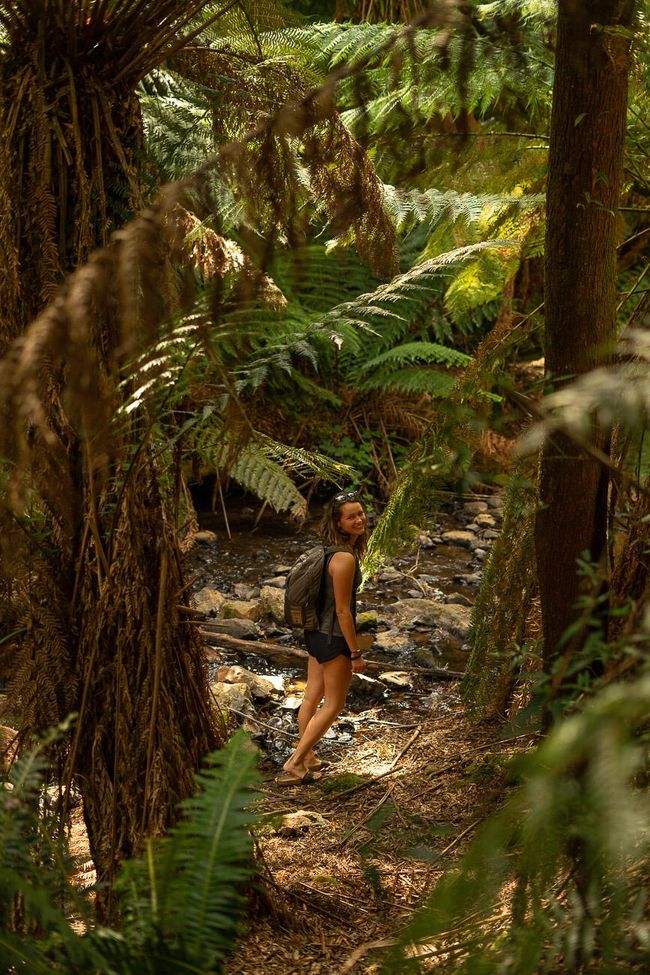
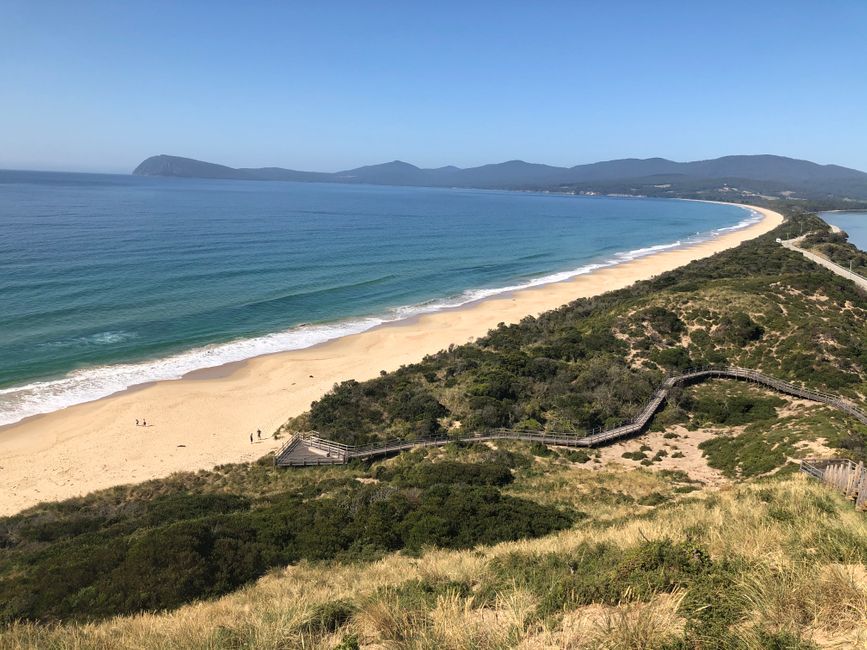
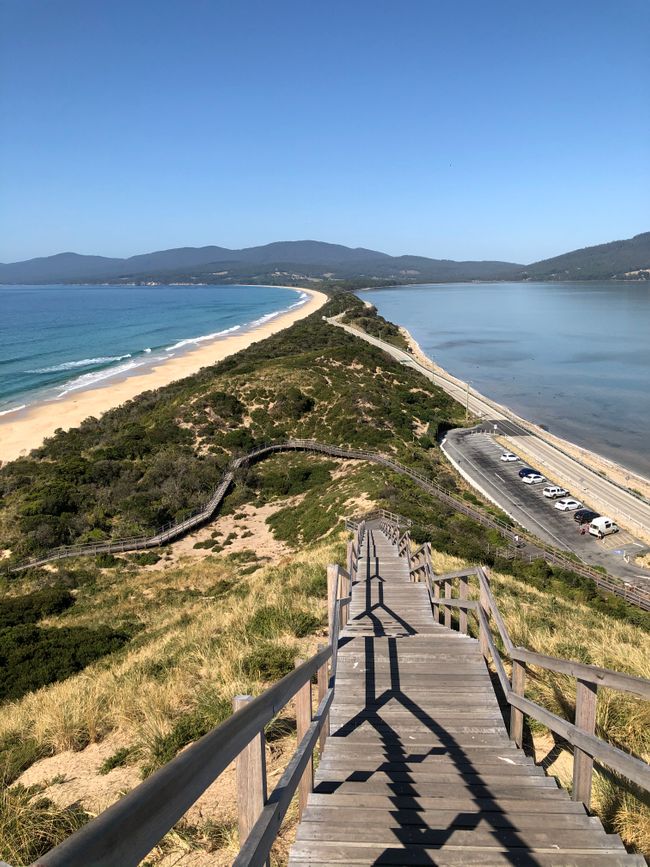
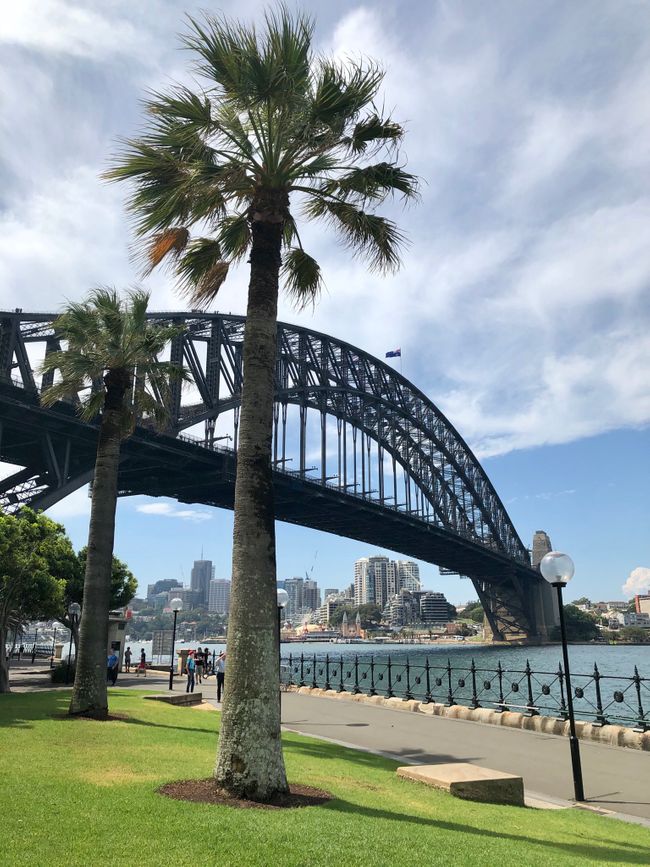
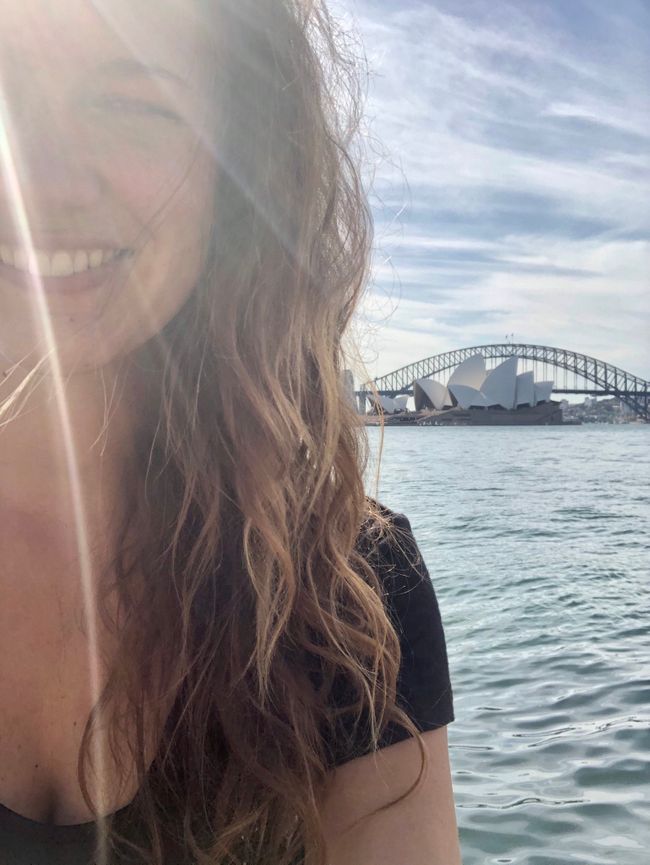
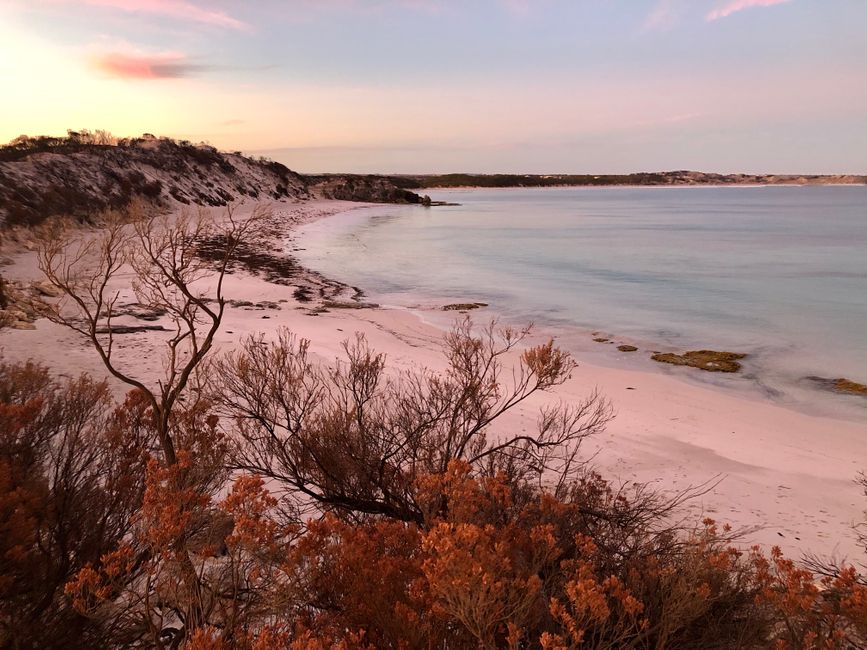
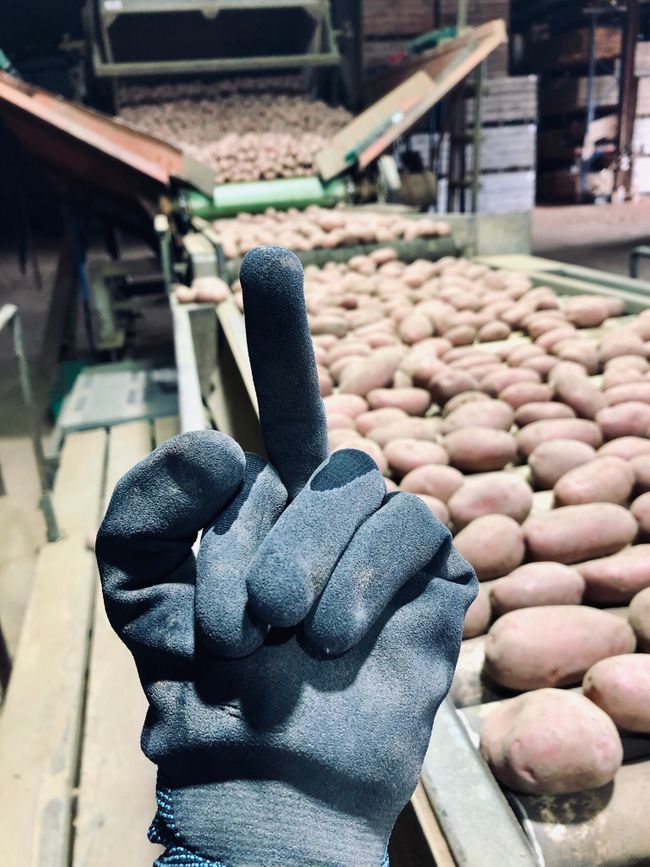
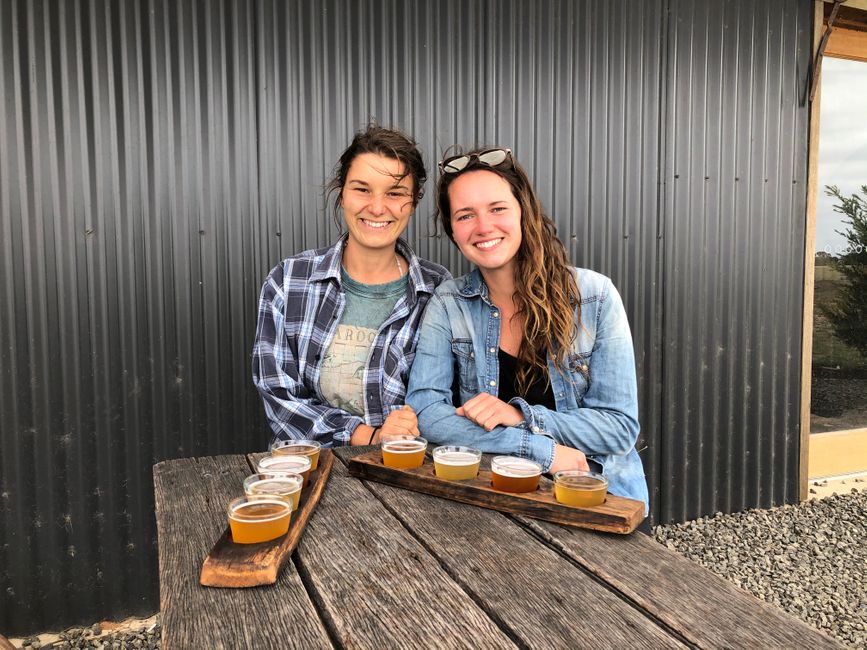
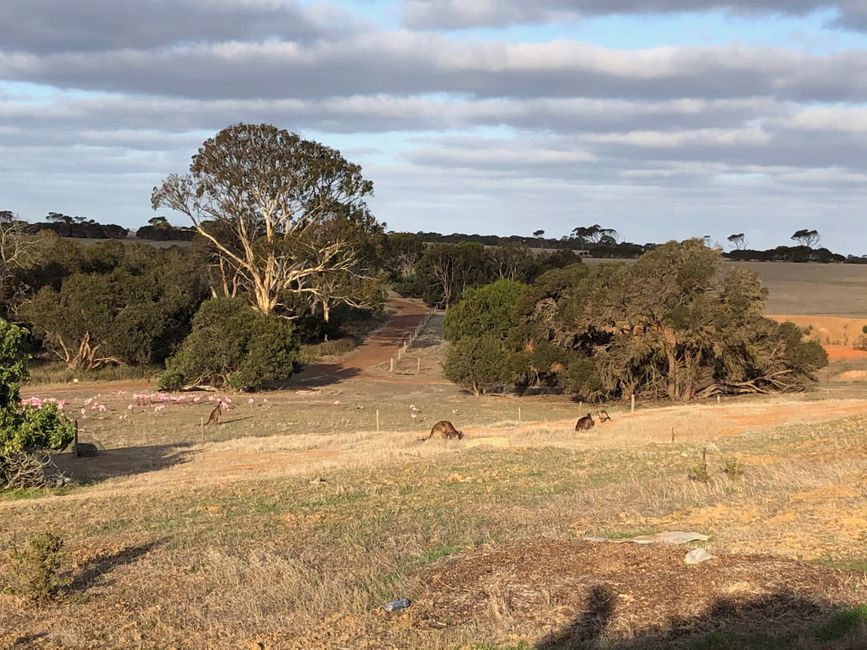
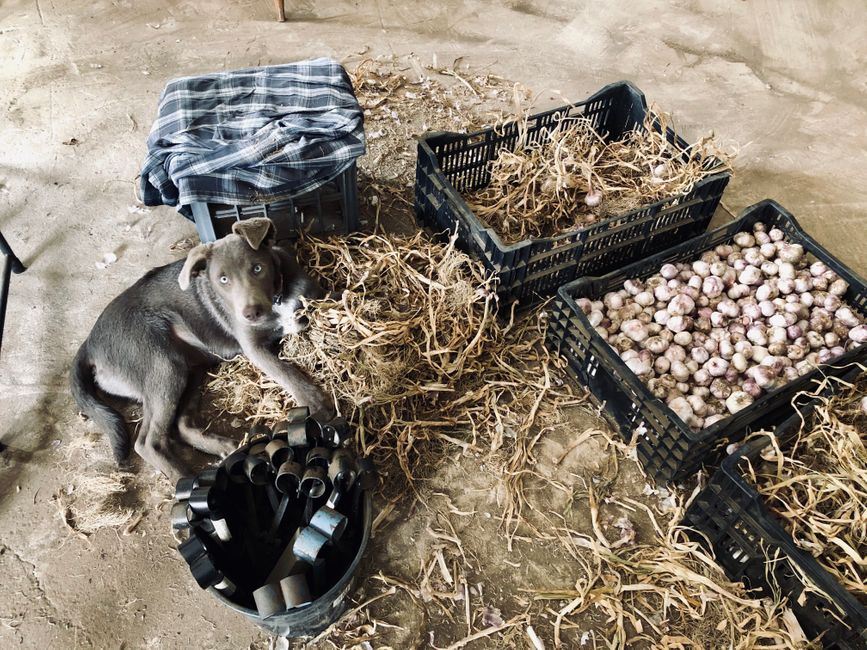
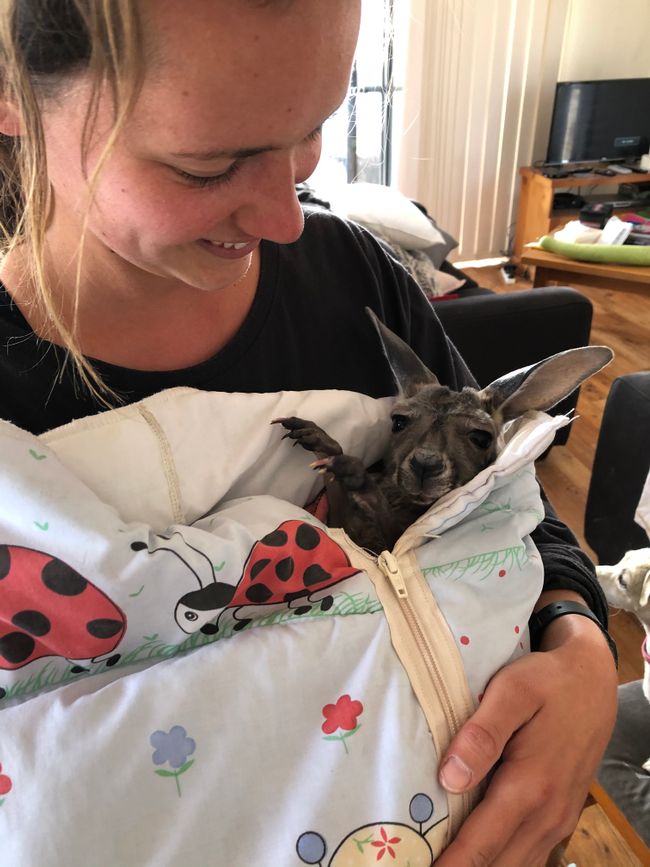
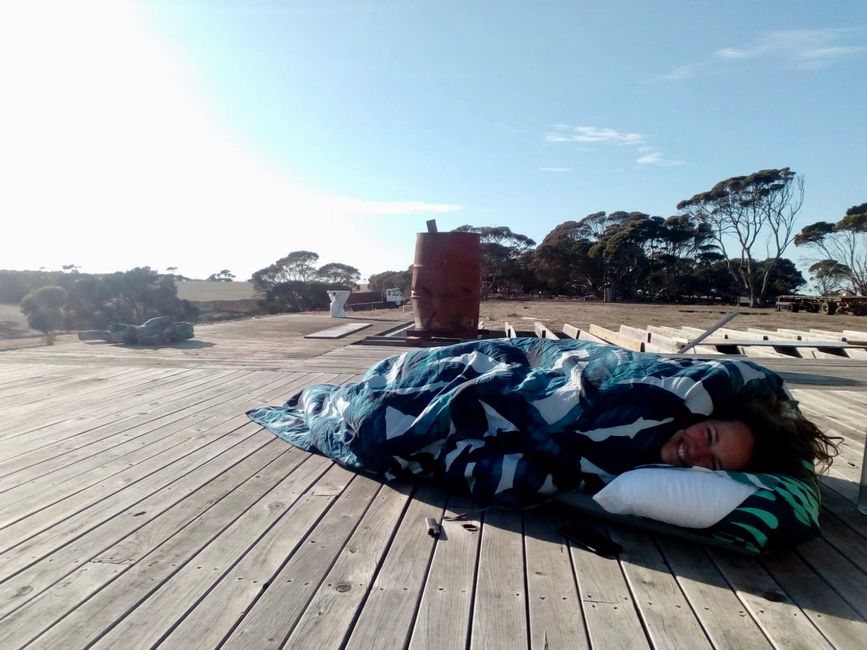
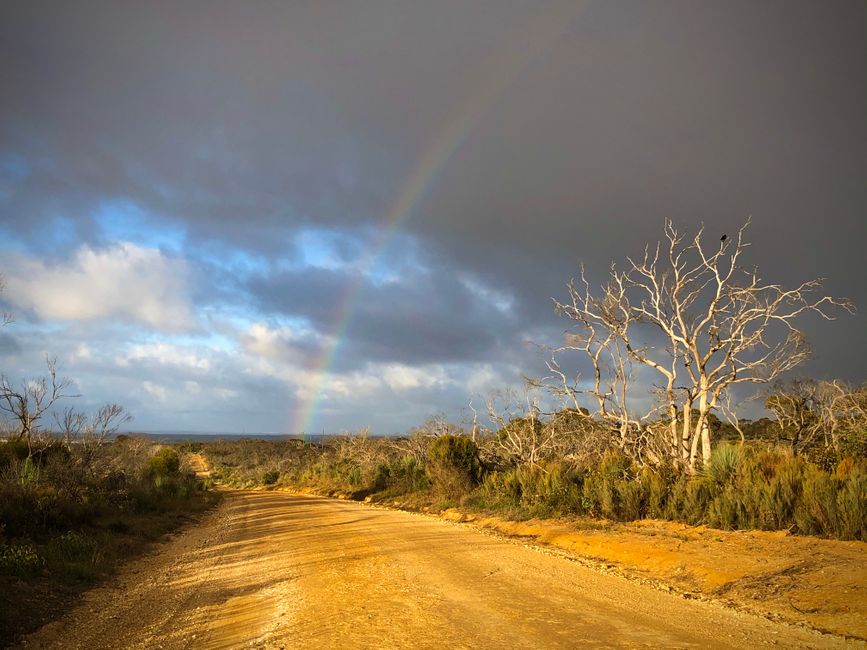
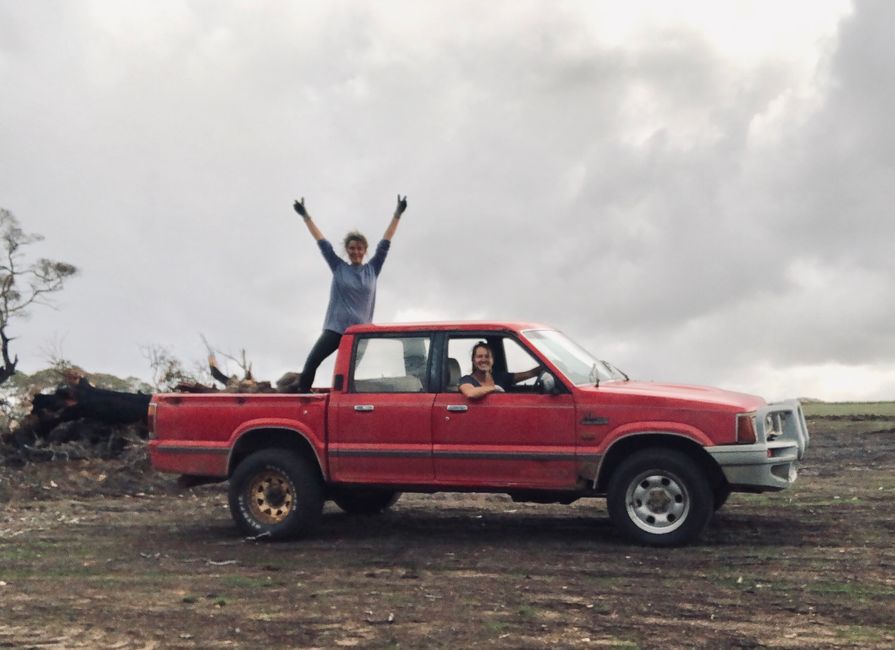
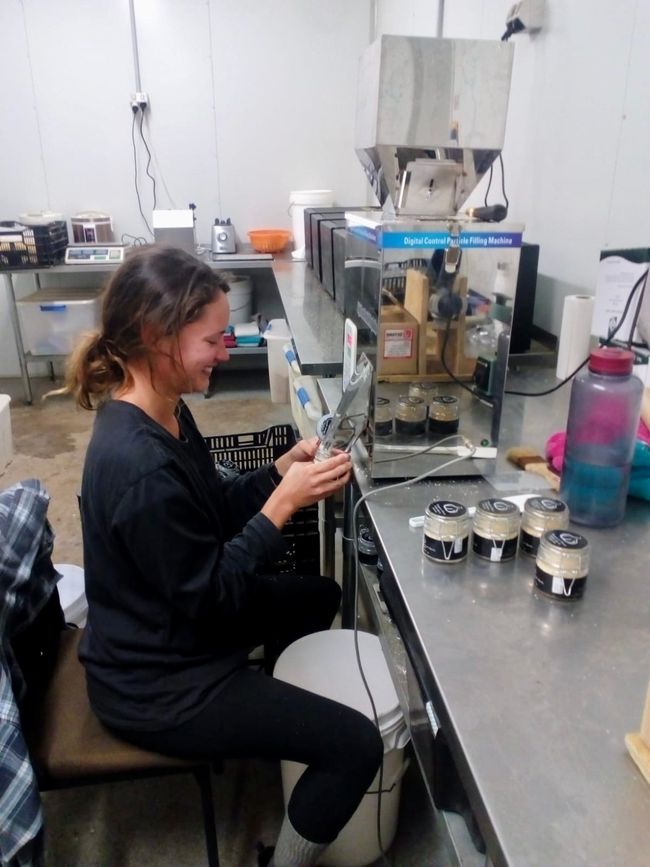
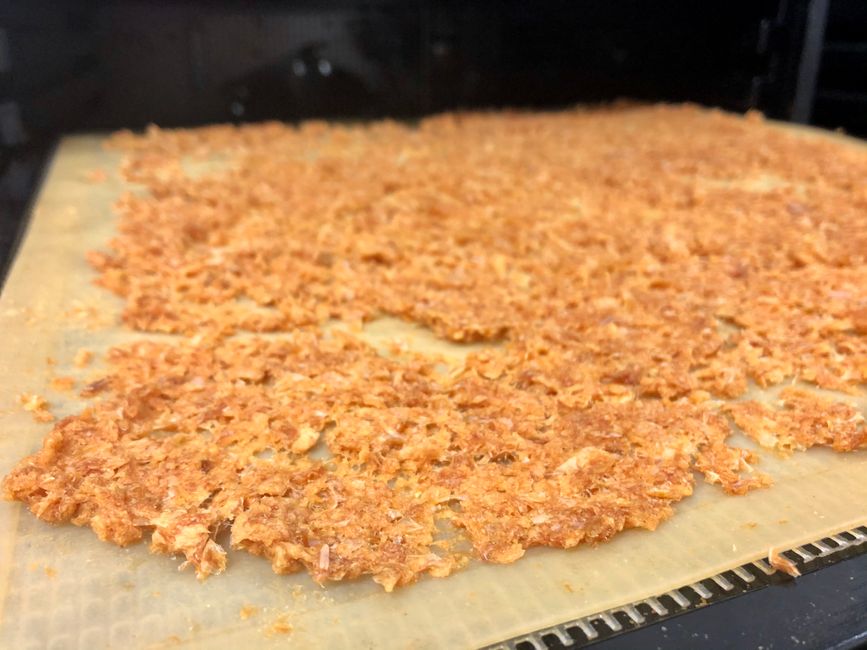
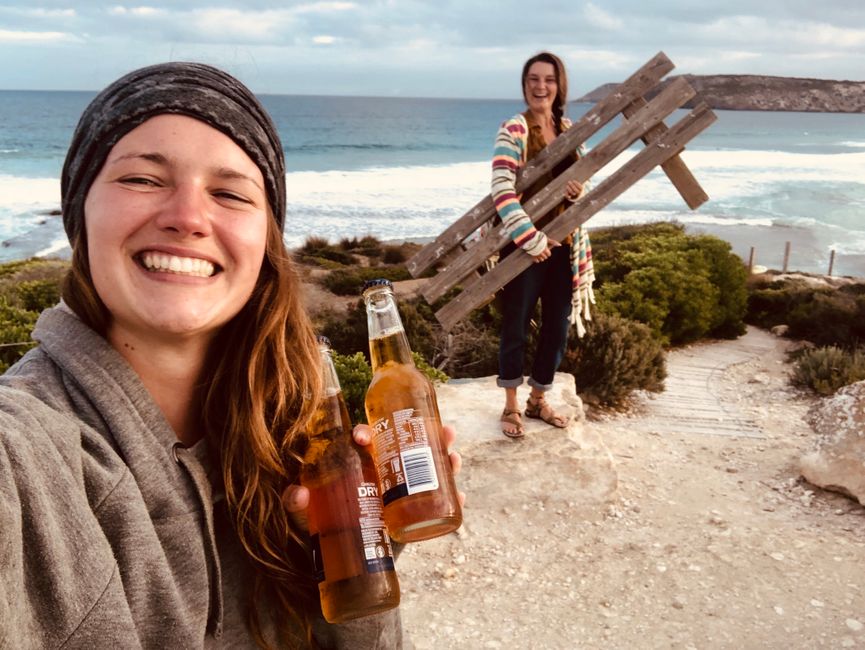
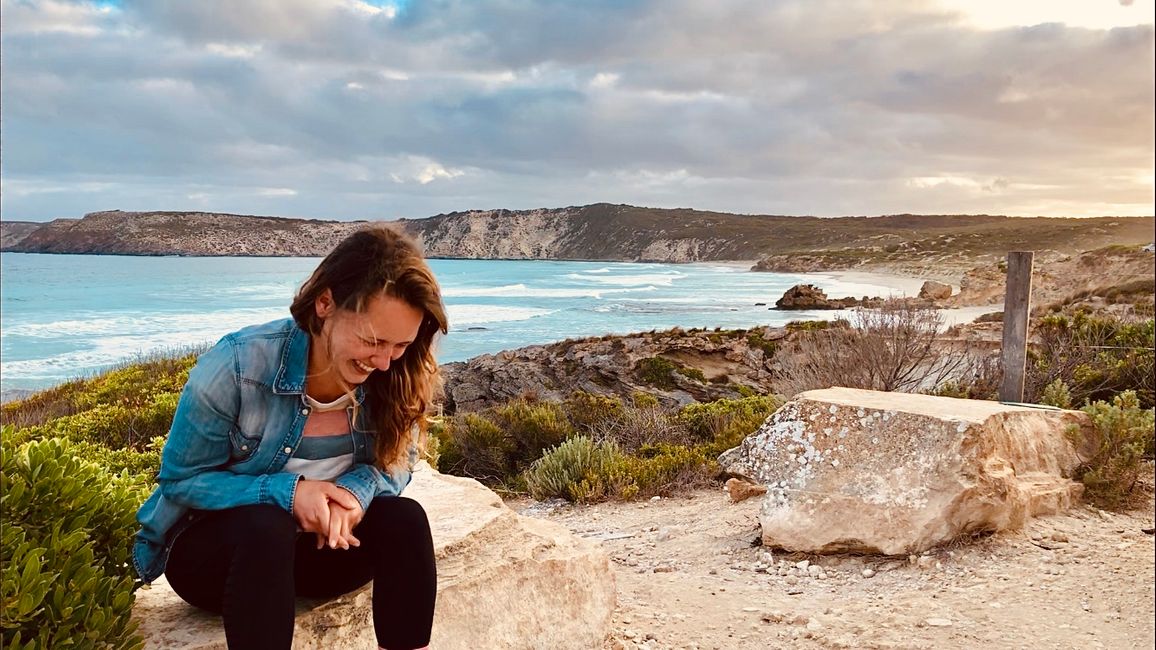
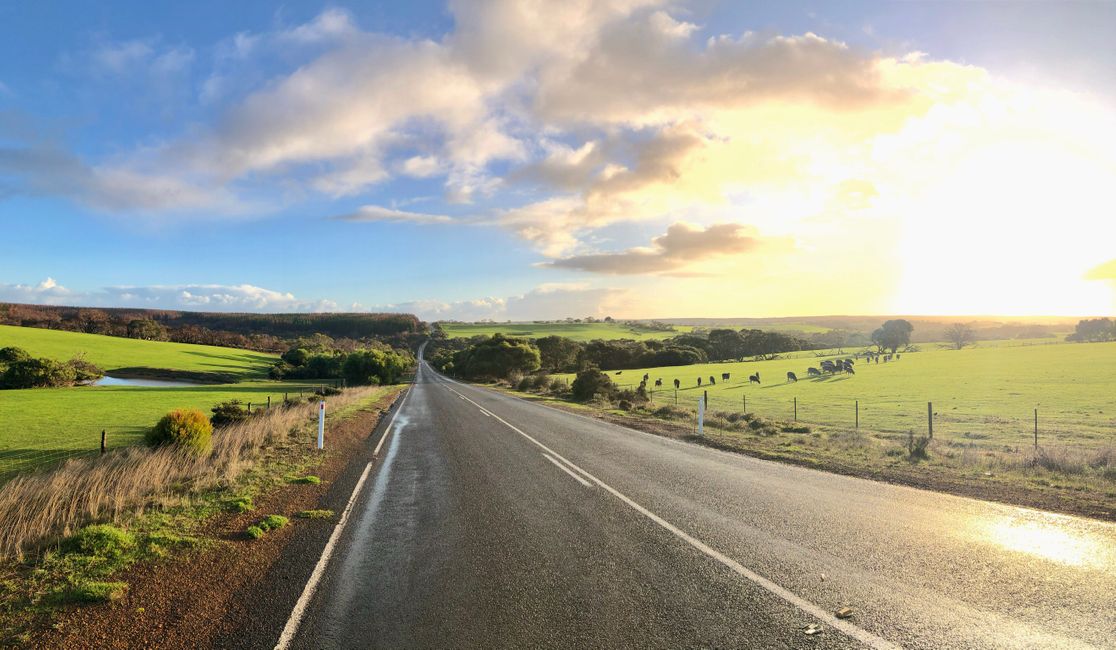
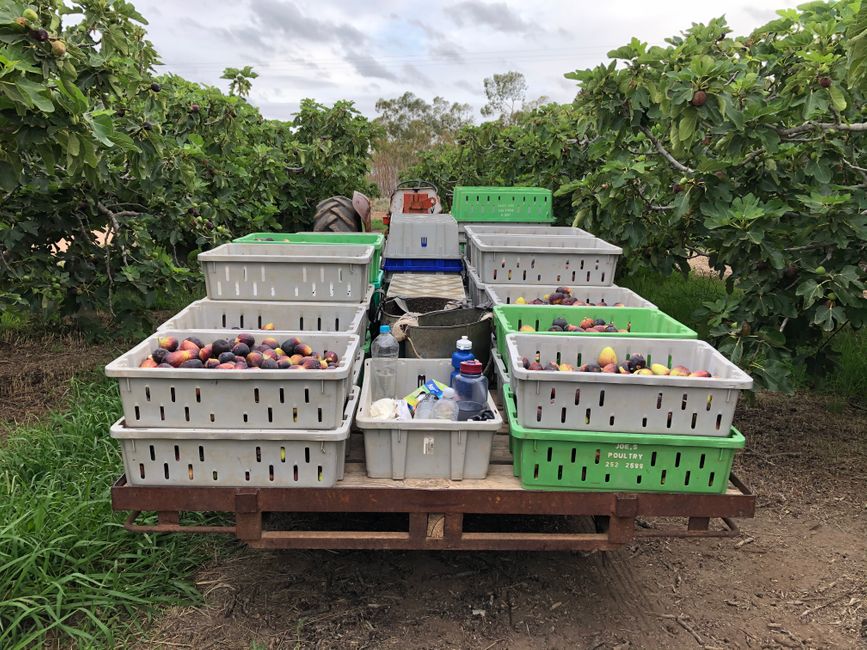
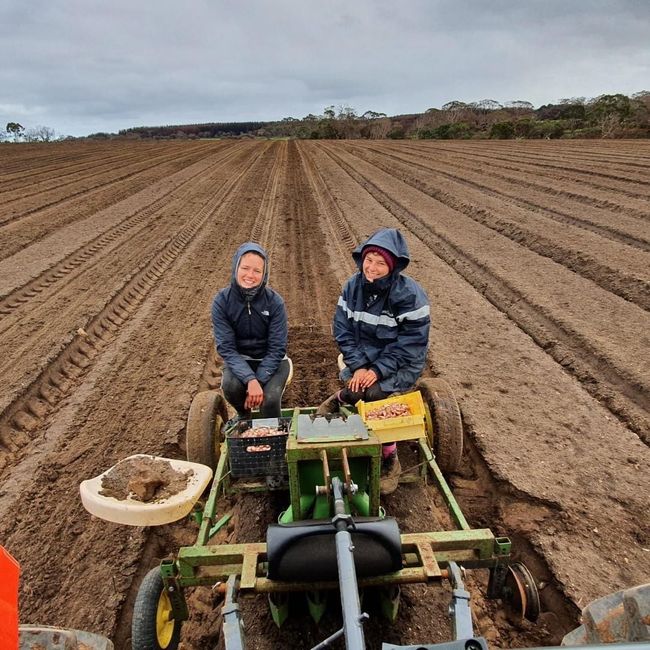
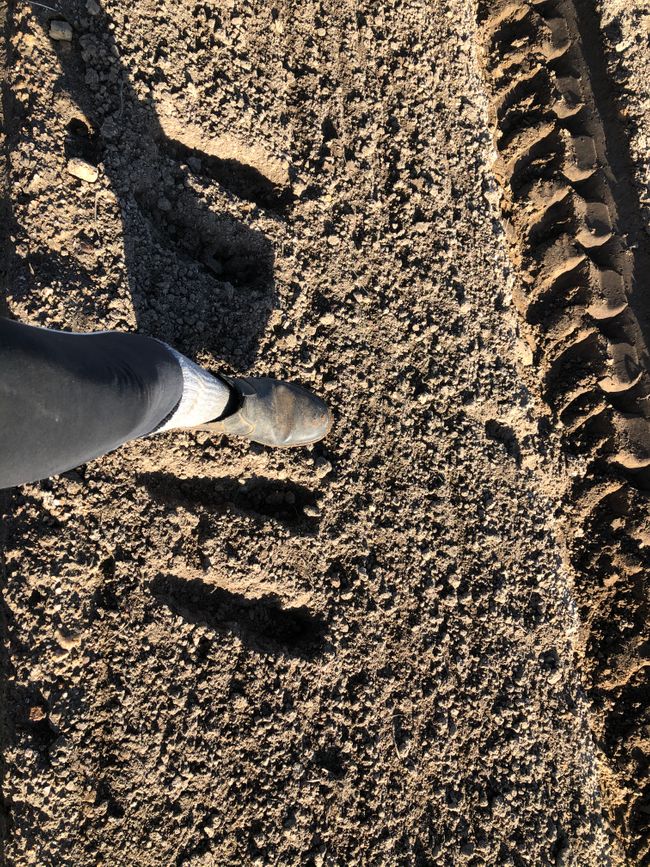
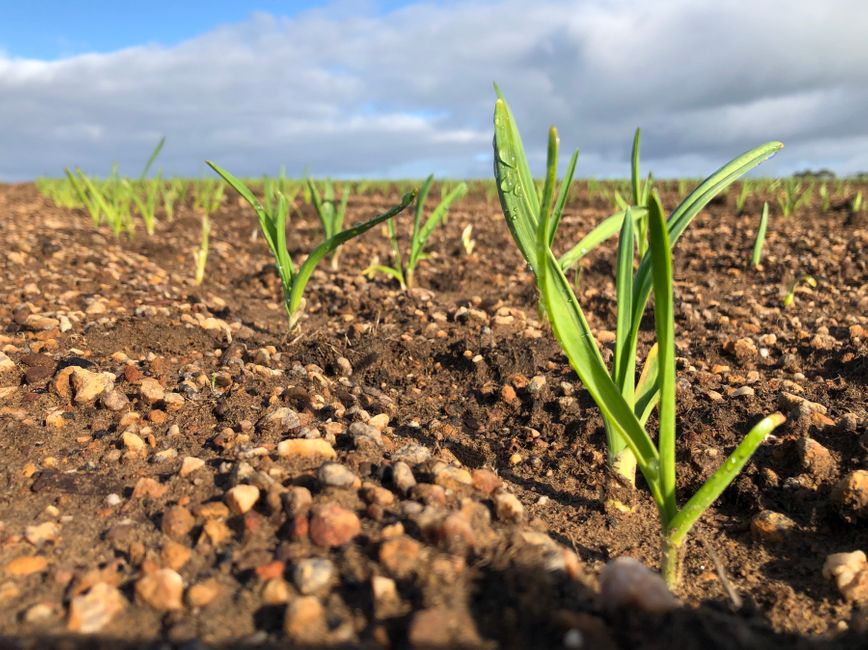
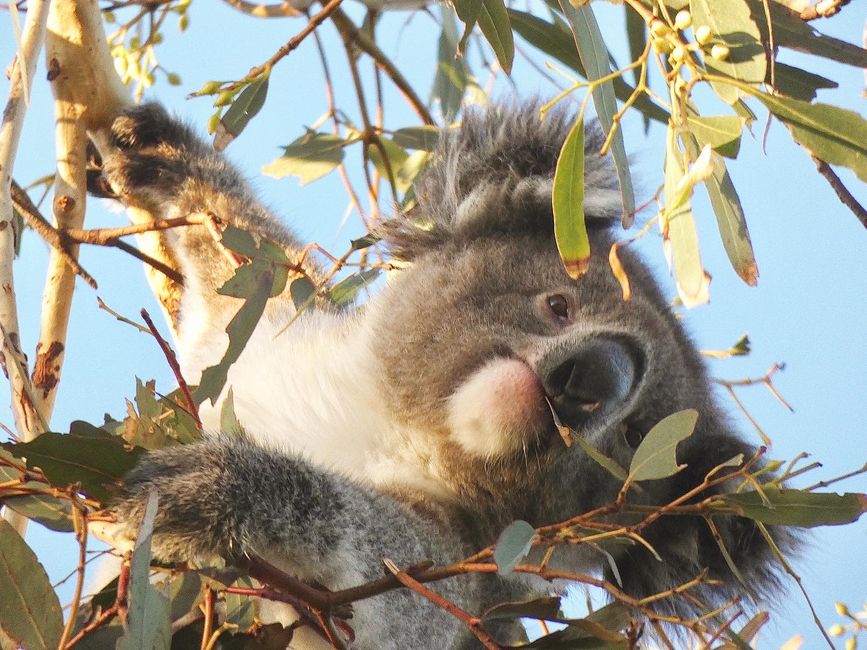
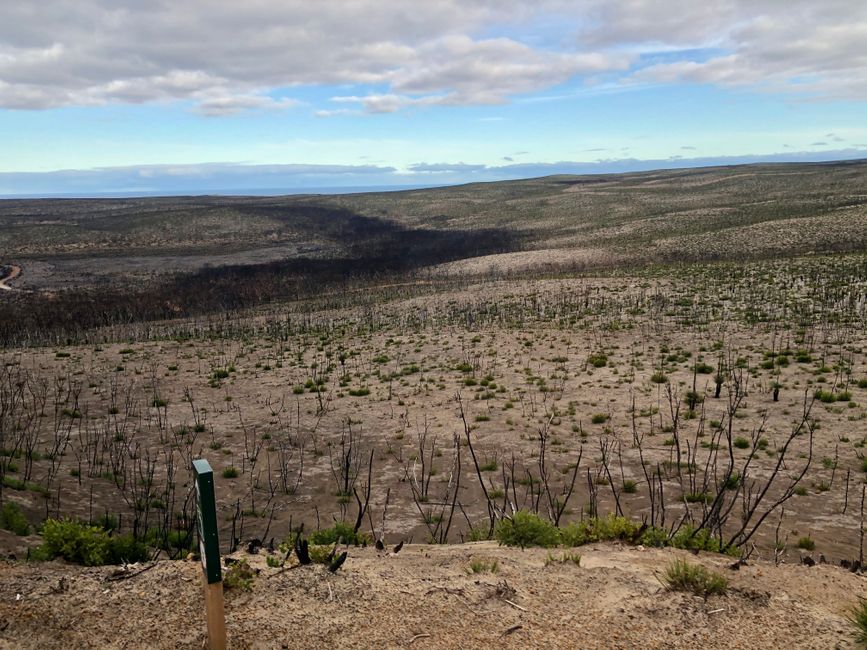
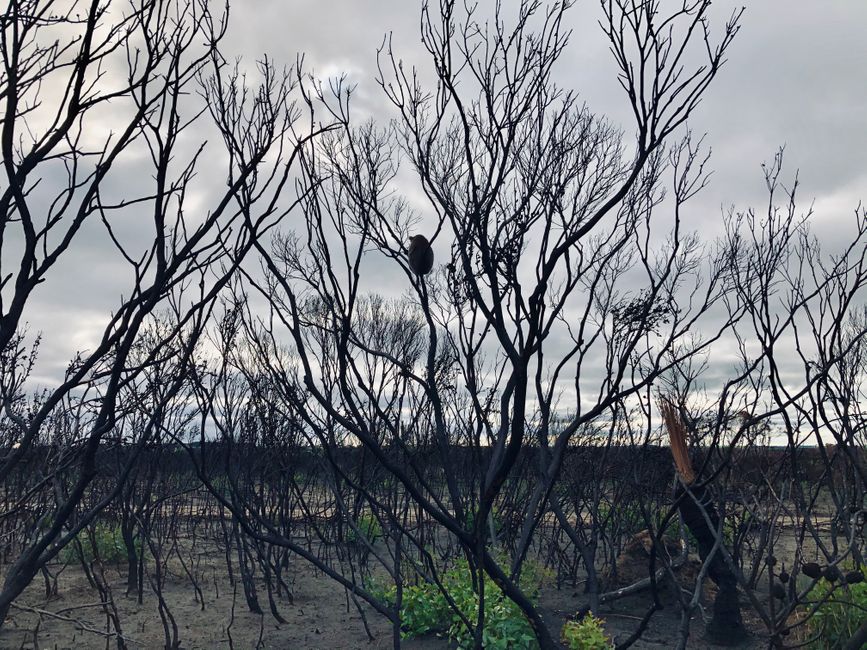
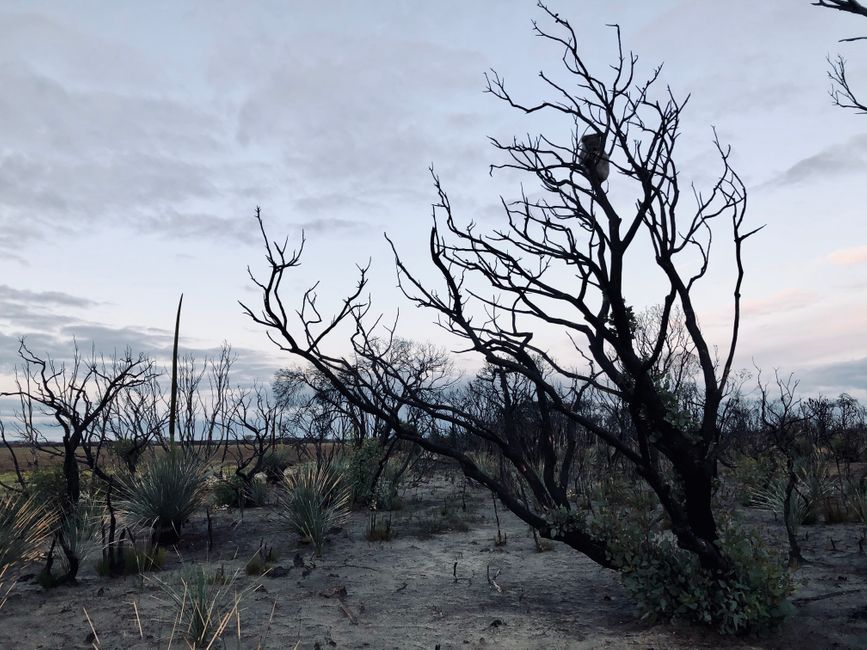
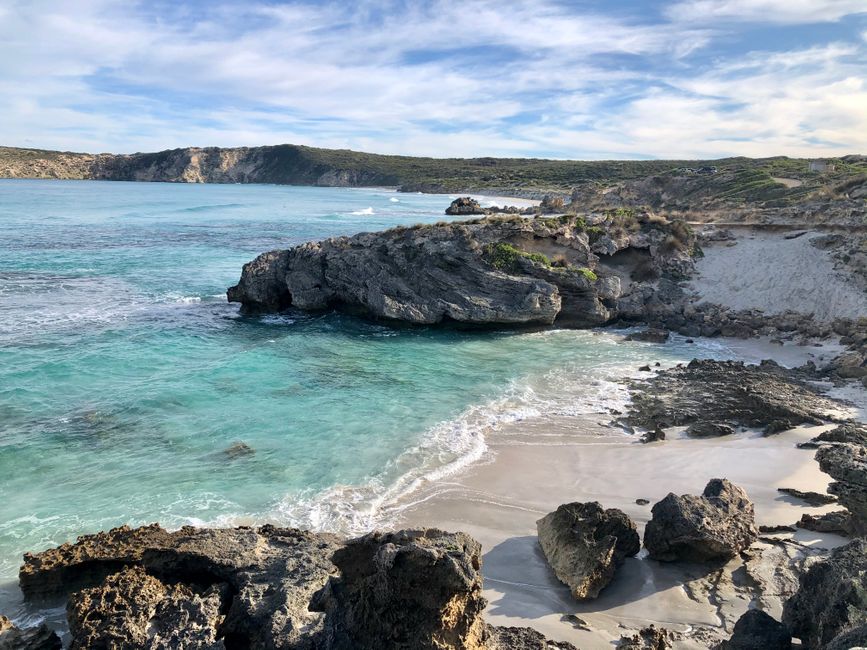
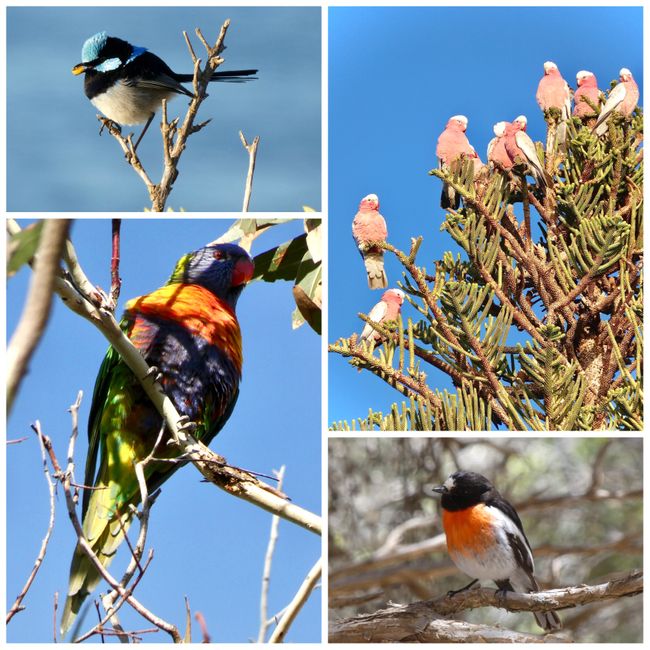
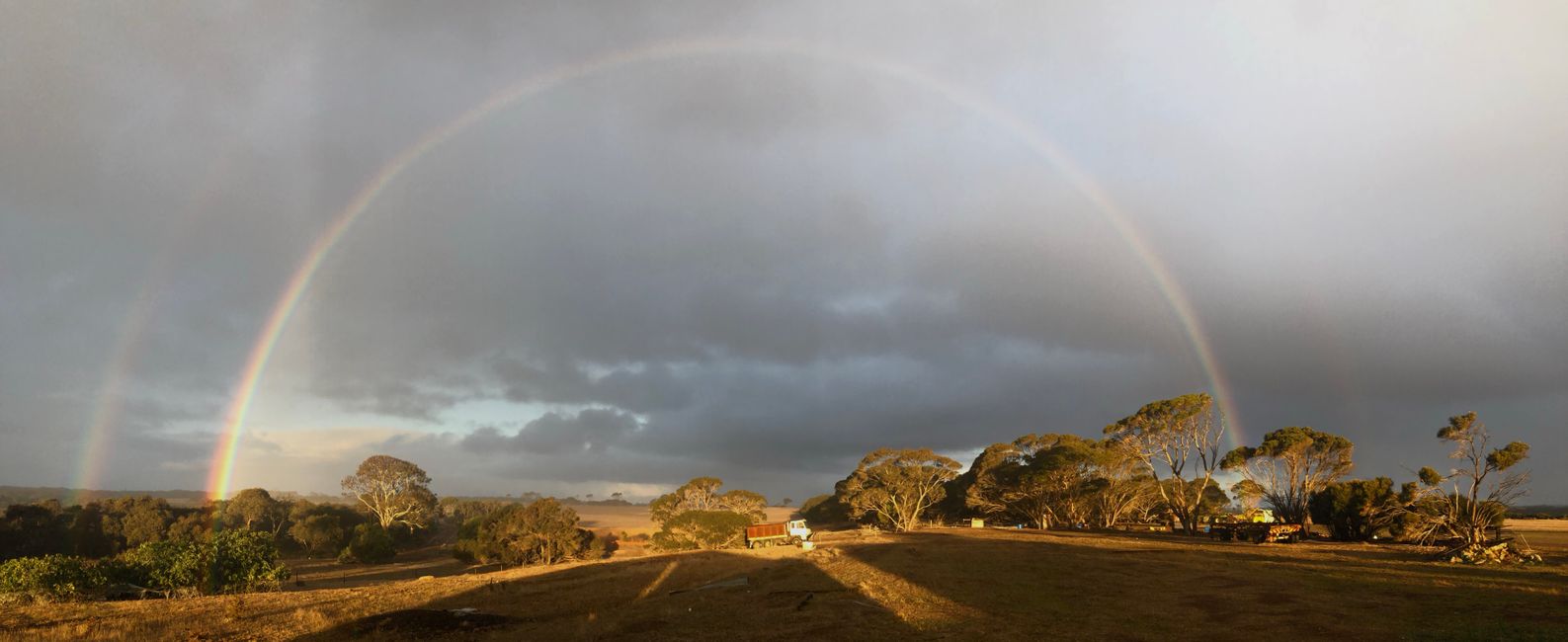
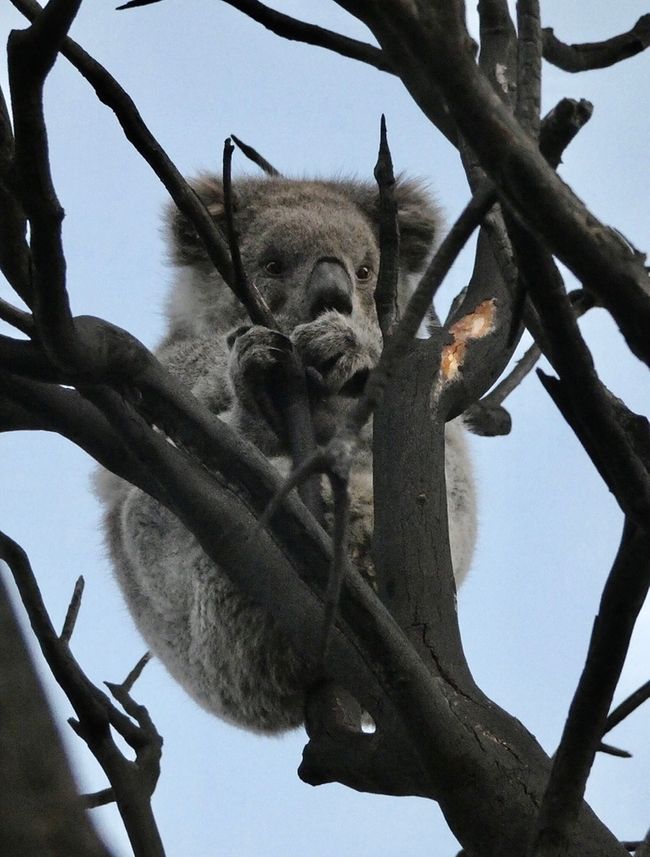
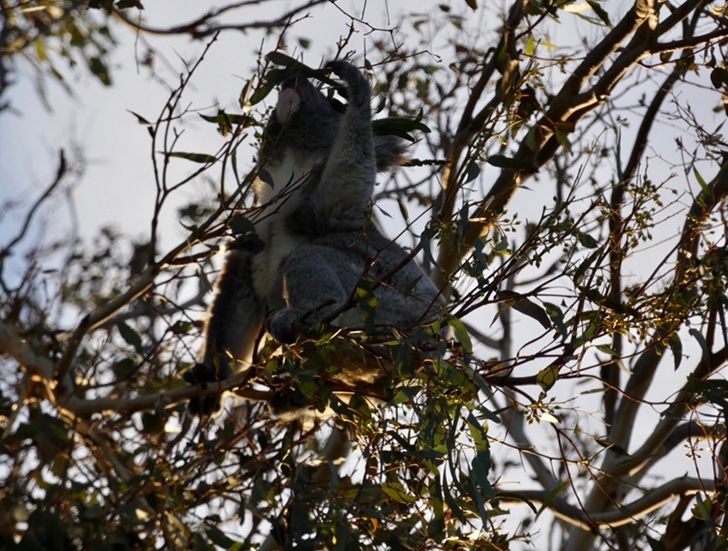
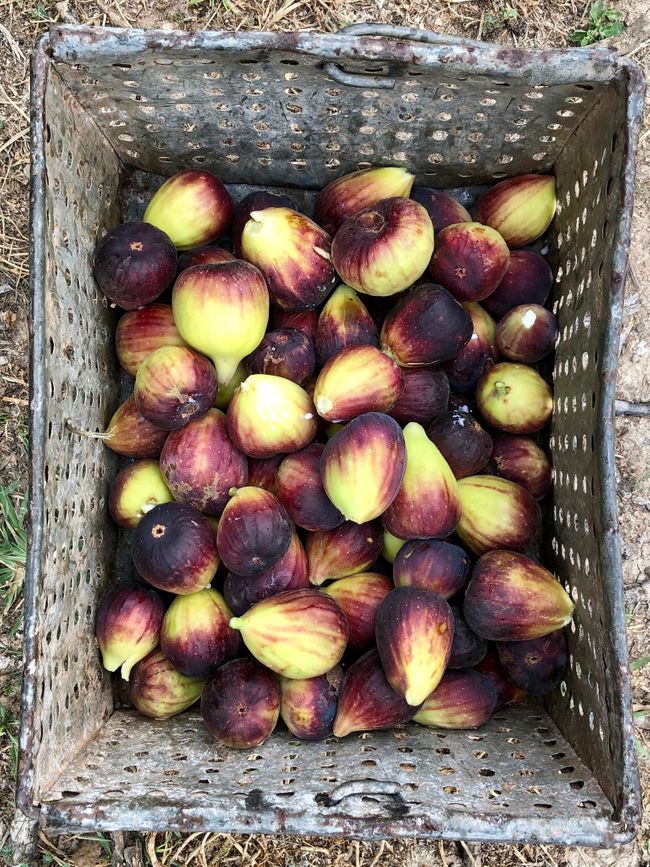
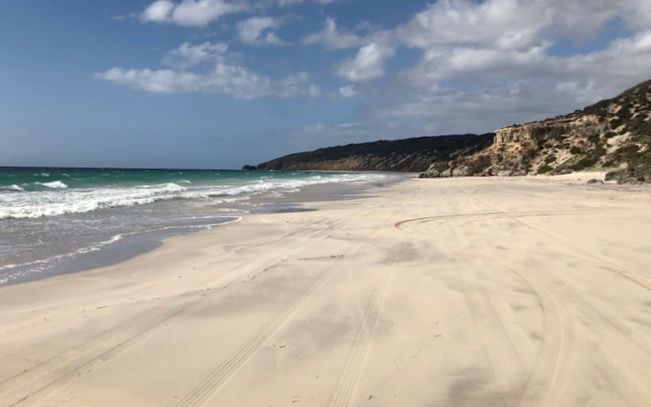
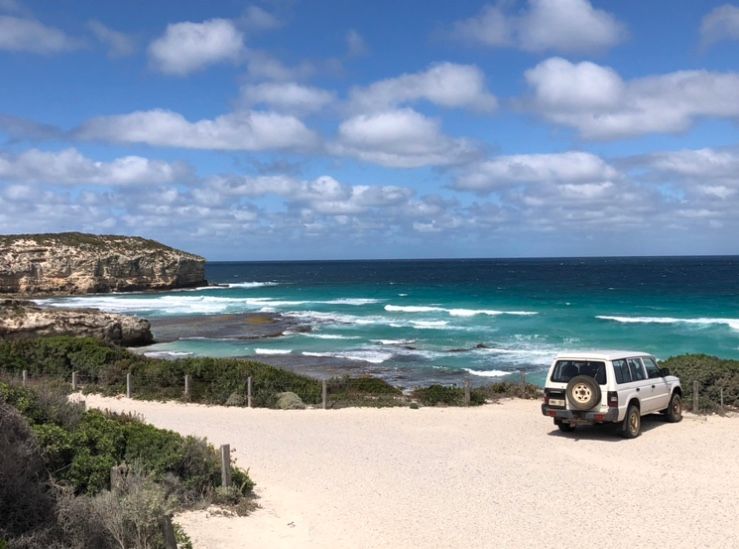
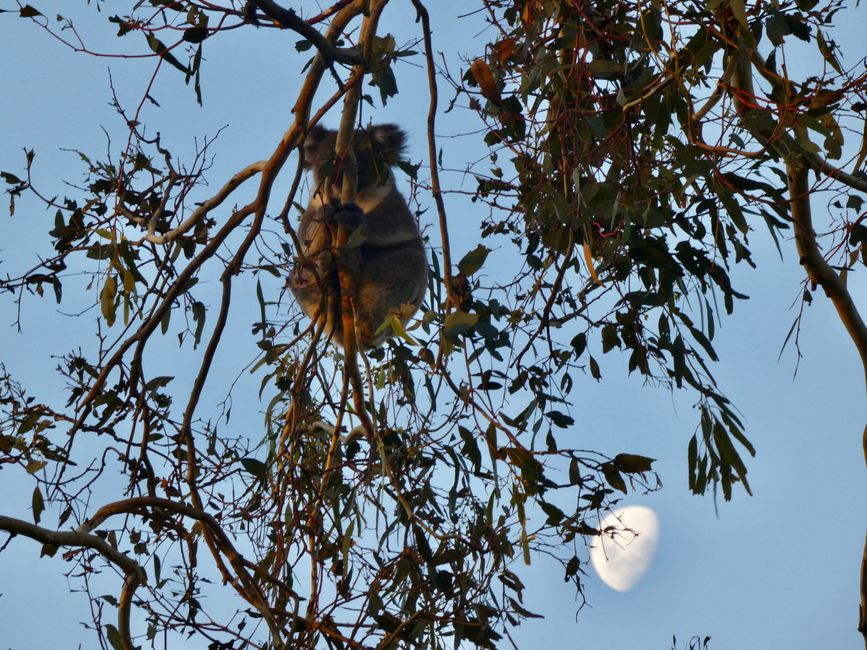
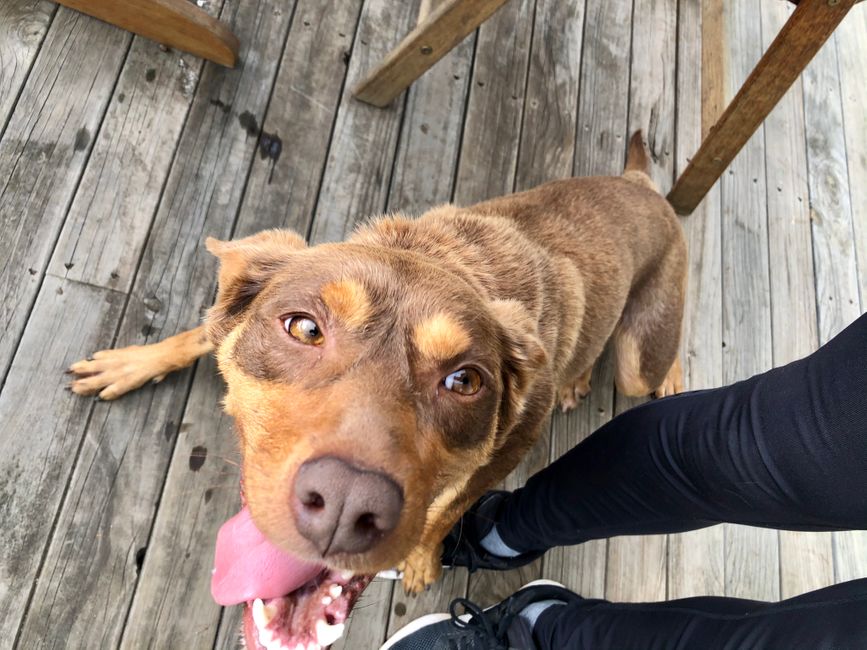
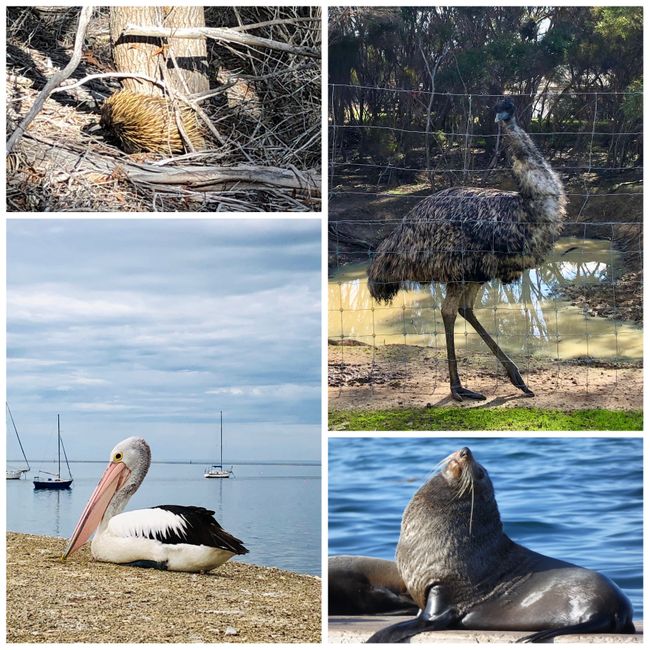
ન્યૂઝલેટર પર સબ્સ્ક્રાઇબ કરો
Hello dear ones,
The time on Kangaroo Island is coming to an end and winter is getting closer. Now I'm sitting here bundled up with a hot water bottle and thinking back to the last 5 months in Australia.

My first destination was Melbourne, but only as a small stopover before heading to Tasmania. However, I had to change my original plan due to the devastating bushfires on Kangaroo Island and the mainland. Melbourne was surrounded by such a cloud of smoke at that time that you were advised to stay at home for your own health.

I took a small and therefore even more frightening plane to Tasmania. The temperature in Burnie, Tasmania was 18 degrees Celsius- 20 degrees colder than the mere 1.5 hours away in Melbourne.

The plan was to find work in Tasmania for the next few months, but I wasn't particularly successful. Too many backpackers had moved to Tasmania after the bushfire-affected area on the mainland kept growing. I spent a total of 3 weeks in Tasmania, mainly stressed out with the job search in the back of my mind.




So the return flight to the mainland was a done deal. The next destination was South Australia, where Kangaroo Island is located. However, the first destination was Renmark, about 4 hours inland from Adelaide. I would say it already looked quite like the Outback!

I spent 2 weeks in Renmark and worked on a fig farm. I had never tried figs before and now I had unlimited access :) that's one of the best things about farm work, you usually get fruit/vegetables for free.

In Renmark, I teamed up with Amy. I met Amy in New Zealand through Vic. Due to some fortunate circumstances, we ended up on Kangaroo Island after all. Amy had already spent many months on the island and knew some people. As a result, we had a car at our disposal for the last 4 months. Perfect!

Our first job was on a potato farm. Amy had already worked there for a few months 3 years ago. The work was not the best, but it was okay. However, what was not okay was the accommodation. Well, I've seen quite a bit now, especially in Asia, but that was the worst thing I've seen so far. We only lasted one night there and preferred to camp. We were supposed to pay $160 (98€) per week, whether we used the accommodation or not. What a rip-off! Also, the boss was pretty racist towards Germans.

Thankfully, weeks before, I had already contacted Shane, the owner of a garlic farm. He immediately offered us a job for the next few months. Goodbye potato farm! Through a Facebook post, we also found the most beautiful accommodation.

When we arrived here, we could see kangaroos from our deck for the first few days. We were probably a bit too loud because they didn't show up again for a while. Oops.
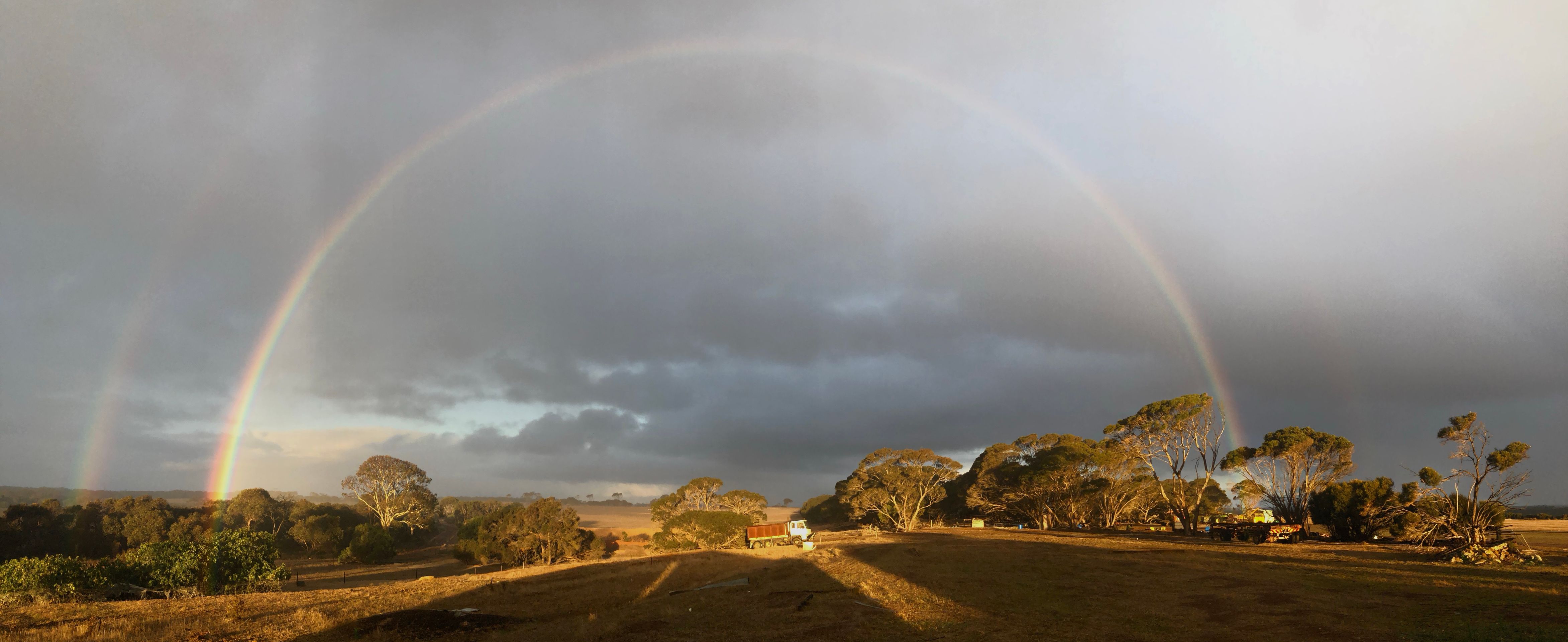

The work with Shane was very diverse, from peeling garlic to making garlic salt to planting garlic cloves.

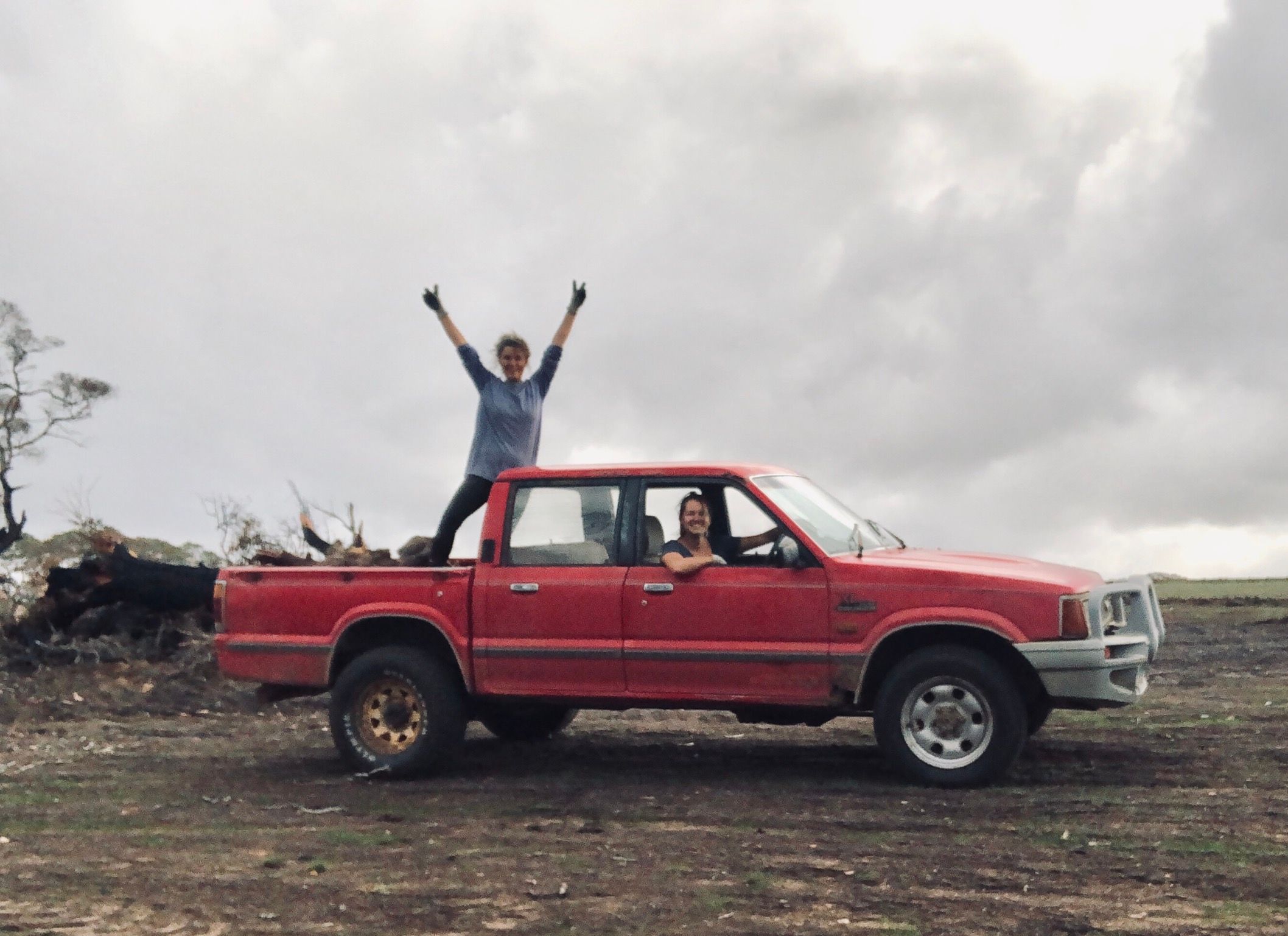
As you can imagine, we smelled extremely strongly of garlic. We were even asked about it in shops a few times :D

Shane was heavily affected by the bushfires on Kangaroo Island. While he was fighting the fires elsewhere, the fire reached his house. Fortunately, the dogs and the barn with the freshly harvested garlic survived the fire. I find this whole story very moving, if you're interested, you can read this article about Shane:
https://www.adelaidenow.com.au/bushfiresupport/kangaroo-island-bushfire-cfs-volunteer-shane-leahy-lost-his-home-but-continued-to-fight-fires/news-story/4cbd43501bd6265f8b9dda49b5e97fc0

Shane is considered a local hero on the island. I couldn't describe it any better. It is very impressive to continue and remain optimistic after such a fate.

The bushfires at the beginning of the year destroyed almost half of the island, including buildings, livestock, fields, national parks, and the unique wildlife. Up to 40% of the Kangaroo Island Kangaroos (approx. 24,000) and 75%-90% of the koala population (approx. 45,000) did not survive the fires.
The last bushfire hit Kangaroo Island in 2007. To illustrate the dimensions- in 2007, the fires raged on the island for 3 weeks and destroyed an area that burned down within just 24 hours in 2020.
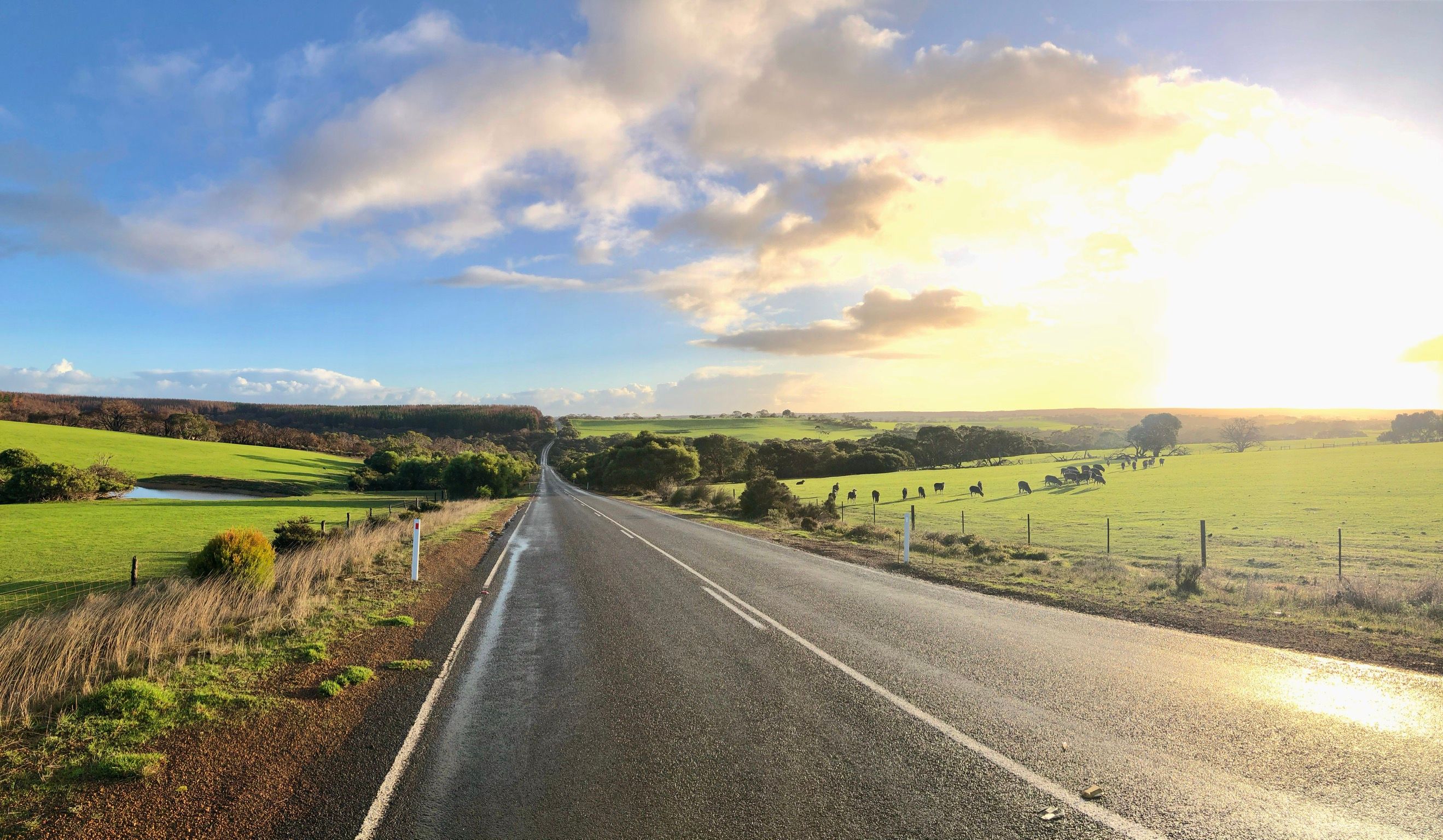
Blaze Aid was on site in Kangaroo Island until May, an organization that helps victims with rebuilding all over Australia. The fires are out and the world is already focused on new disasters, but many are still on the brink of existence and even though some koalas and kangaroos have survived, habitat and food are scarce.

Last weekend, Flinders Chase National Park was open for a few days. We drove through the devastated area on a bus. Hundreds of helpers have been working here for the past 4 months to find injured animals and transport them to wildlife sanctuaries. Unfortunately, for most of the animals, any help came too late. I also applied to an organization that specializes in saving koalas on KI. Incredibly many volunteers signed up, so mainly skilled and experienced helpers were accepted. In hindsight, I'm glad about it because seeing this (superficially healthy) koala in the middle of the burned area broke my heart.


However, you can see here that the plants are sprouting again. That gives reason for hope. There is even a plant here that only releases its seeds under extreme heat, like fire. The flora and fauna are prepared for such situations - but not for these dimensions.

However, the other part of the island is in its accustomed splendor. Kangaroo Island can be seen as a very compact Australia. The diversity of species is amazing, and you never have to drive far to see a kangaroo, koalas, or colorful birds.

I was able to discover particularly many koalas. They say I have a knack for it :D
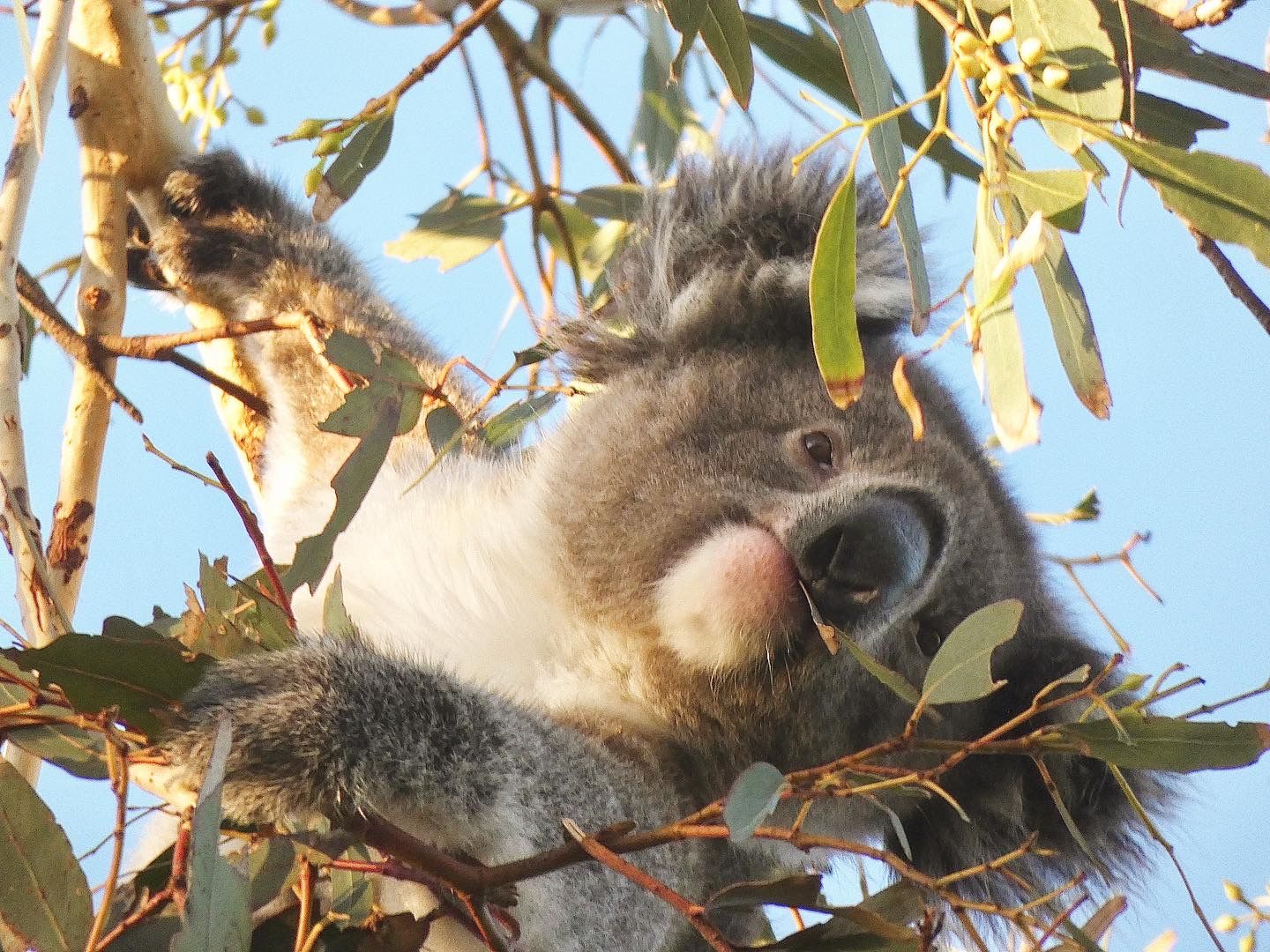
A total of 18 koalas were brought to Kangaroo Island in 1920. This resulted in an estimated population of 50,000. Koalas on the mainland suffer from chlamydia, which causes blindness, bladder infections, infertility, or even death.


However, the 18 koalas that were introduced to the island 100 years ago were free of viruses. One reason why the koalas affected by the fire were not brought to the mainland.

But the beaches on KI are also worth seeing. From dramatic to idyllic - everyone can find the perfect beach :)

Pennington Bay was pretty much our favorite place to relax. Sometimes we could also watch surfers.

The island lives up to its name. The kangaroos on the island look a little different than those on the mainland. In certain areas, you can sometimes see 30 kangaroos at a glance. Especially the males reach an astonishing size. I regularly went jogging, but I tried to avoid dusk as that's when the kangaroos are most active. A few times, they jumped out of the bushes right in front of me. Even though I know they don't attack humans, I still had a lot of respect.

From a distance, however, I can watch the "little" rascals for hours :)


I started this report on Kangaroo Island and now finished it at home in Germany.
I finished the chapter Australia with a laughing and a crying eye. But I am especially happy that I could spend a total of 4 months on this wonderful island in the middle of nature.
Best regards
ન્યૂઝલેટર પર સબ્સ્ક્રાઇબ કરો
જવાબ આપો
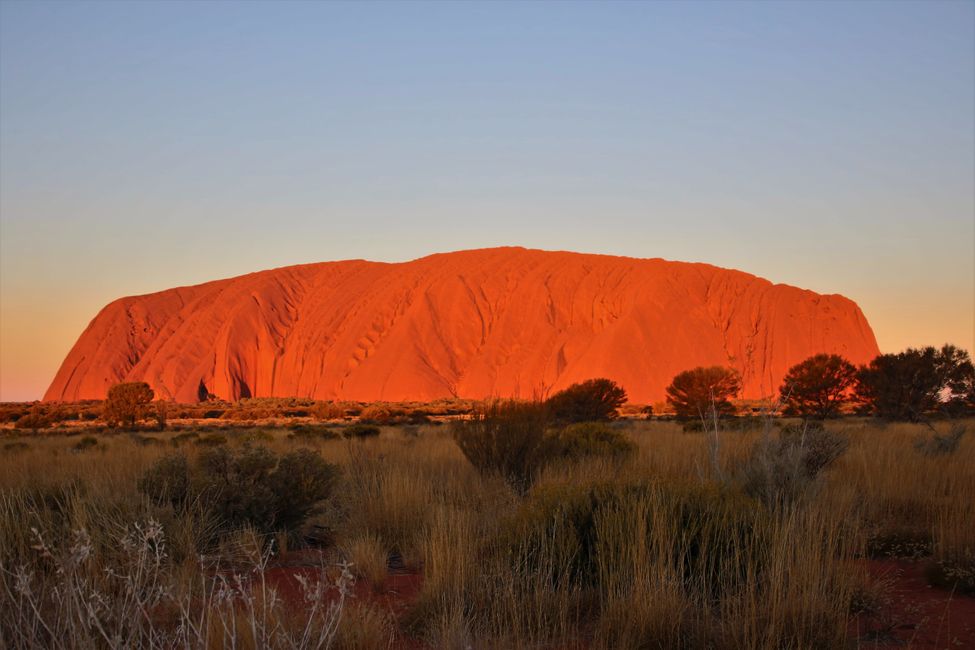
મુસાફરી અહેવાલો ઓસ્ટ્રેલિયા
